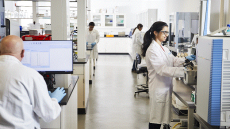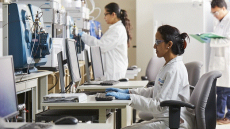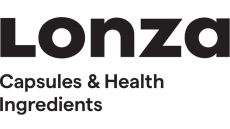Big pharma reaches to Summit for zebrafish safety screening
one of the world's top five pharma firms to enable it to use
Summit's zebrafish-platform in its drug safety programme.
The company's zebrafish platform enables important toxicity and efficacy data to be generated about drug candidates at the earliest stages of the process before significant investments have been made on drugs that may fail during in vivo studies.
The extended pilot deal, the largest in Summit's history for its zebrafish ( Danio rerio ) technology, follows on from a successful validation study conducted by Summit for the unnamed pharma firm.
As reported in July , the Oxford, UK, -based company signed deals with Merck, Johnson & Johnson's Belgium outfit, and Servier to conduct blind screening of known compounds in order to evaluate the effectiveness of the technology for generating toxicity and teratogenicity data.
"The signing of this pilot deal with one of the world's largest pharmaceutical companies is a major accomplishment for Summit and demonstrates how we are translating initial validation studies into longer-term and higher-value deals ," said Dr Steven Lee, Summit's CEO.
"The deal is also indicative of the greater recognition within the pharmaceutical industry of the potential of zebrafish technologies to accelerate the drug discovery and development process, and Summit is confident of signing additional deals in the near future."
According to Dr Lee, the company is the world's leading commercial zebrafish facility and its technology platform enables drug candidates to be studied in thousands of animals enabling bad drugs to be weeded out of earlier during the development process.
He continued by explaining that the zebrafish has up to 90 per cent genetic homology with humans as well as having the same vital organs.
This ensures that effects of drugs observed in zebrafish are highly predictive of a drug candidate's bioavailability, efficacy and toxicity in mammals.
One of the key advantages of zebrafish is that embryos are transparent and develop outside of their mother enabling easy experimental and observation during studies, with drugs simply needing to be added to their tanks.
In addition, unfertilised eggs can be made to divide and the two-celled embryo fused into a single cell to create fully homozygous embryos - particularly important when working with genetically modified zebrafish.
Importantly, due to their small size no scale-up of compounds is required potentially enabling thousands of compounds to be screened in vivo .
This technology not only fills the gap between high throughput in vitro assays but also enables the validation of those results in thousands of animal models during preclinical trials rather than the hundreds currently used.
The rapid reproductive and development cycles of the zebrafish means that large numbers of zebrafish can be screened simultaneously.
In addition, because organogenesis occurs within 72 hours post-fertilisation the effect of any drug on organ development is quick to follow enabling results to be generated faster than using mammalian models.















